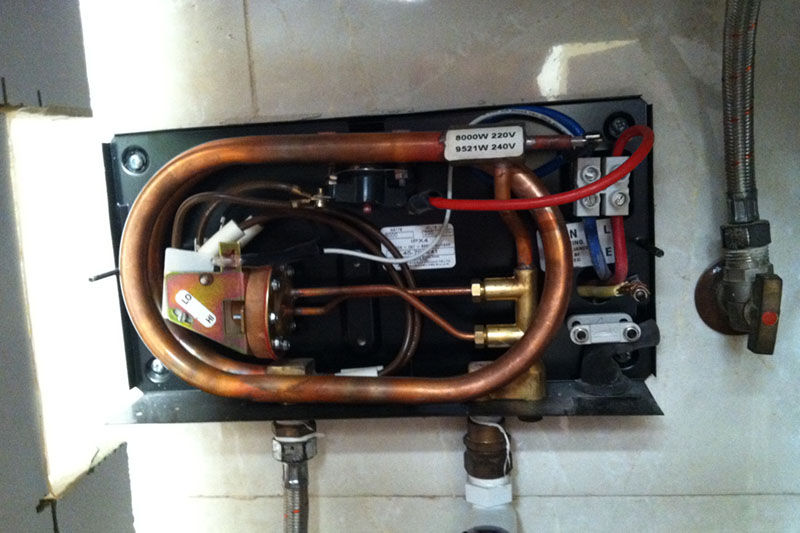Dear EarthTalk: One source of water waste is running it to change from cold to hot. Any thoughts on how to deal with this? ???????????????????????????????????????????????????????????????????????????????????????????????????????????????? ????????– Joanne Leussing,??

Running the water to wait for it to get hot is a huge waste of water. According to the Natural Resources Defense Council (NRDC), a leading non-profit green group, upwards of 10 percent of all the hot water drawn for showering in a typical single-family home is wasted waiting for hot water to arrive.
???With Americans taking over 200 million showers a day, that???s a lot of water and energy literally down the drain, of no benefit to anyone,??? reports Ed Osann, NRDC???s Senior Policy Analyst and Water Efficiency Project Director. ???Using EPA [Environmental Protection Agency] estimates of shower water use, that???s about 280 million gallons of hot water wasted each day???water that has been heated by a water heater, but then allowed to cool as it sits in long pipe runs that are not insulated.???
The energy used to heat this wasted hot shower water generates about the same amount of greenhouse gas emissions as 1.6 million cars plying our roadways. ???And that???s not even counting the additional water that gets wasted while waiting for hot water to arrive at a lavatory faucet or the kitchen sink,??? adds Osann.
Waiting for hot water isn???t just a problem in older homes. ???As homes grew bigger during the housing bubble, floor plans expanded, piping was extended and wait times grew even longer,??? explains Osann. ???Additionally, although the flow rates for new faucets and showers have come down over the last 20 years in response to state and federal efficiency standards, designers often neglect to downsize the pipes serving these more efficient fixtures.??? The result is large amounts of water sitting in pipes cooling between uses.
For its part, NRDC has been working to reduce this unnecessary waste???especially in new construction???by advocating for upgraded building and plumbing codes. In 2015, the group scored a double win by convincing both the International Code Council (ICC) and the International Association of Plumbing and Mechanical Officials (IAPMO) to upgrade their respective efficiency requirements???which most states and the federal government automatically follow???for hot water piping.
But unfortunately, the ICC ignored subsequent calls by NRDC to mandate more compactly designed hot water pipe layouts in new buildings, although Osann thinks it???s only a matter of time before such changes are uniformly adopted by the standards bodies and most states.
As for what you can do now to reduce the waste of water while waiting for it to warm up, Osann recommends clustering tasks that require hot water close together to reduce the ???cool-down??? effect between uses, and capturing some portion of the initial draw in a container and using it to water the plants or fill up Fido???s dish. You can also insulate hot water pipes that are exposed in a basement, attic or crawl space to keep the hot water warm while it idles in the pipe awaiting your next shower.
Better yet, replace your hot water heater with a tankless water heater, which heats??water??directly on demand without the use of a storage tank. When hot??water??is turned on, cold??water travels through a pipe into the unit, where either a gas or electric burner heats it instantaneously. As a result, tankless water heaters??deliver a constant supply of hot??water and there is no energy or water waste due to waiting or to water cooling???and then needing re-heating later???in your conventional water heater???s storage tank.
CONTACTS: NRDC, www.nrdc.org; ICC, www.iccsafe.org; IAPMO, www.iapmo.org.
EarthTalk?? is a weekly syndicated column produced by the non-profit EarthTalk. To find out more, submit a question, or make a donation, visit us at EarthTalk.org
